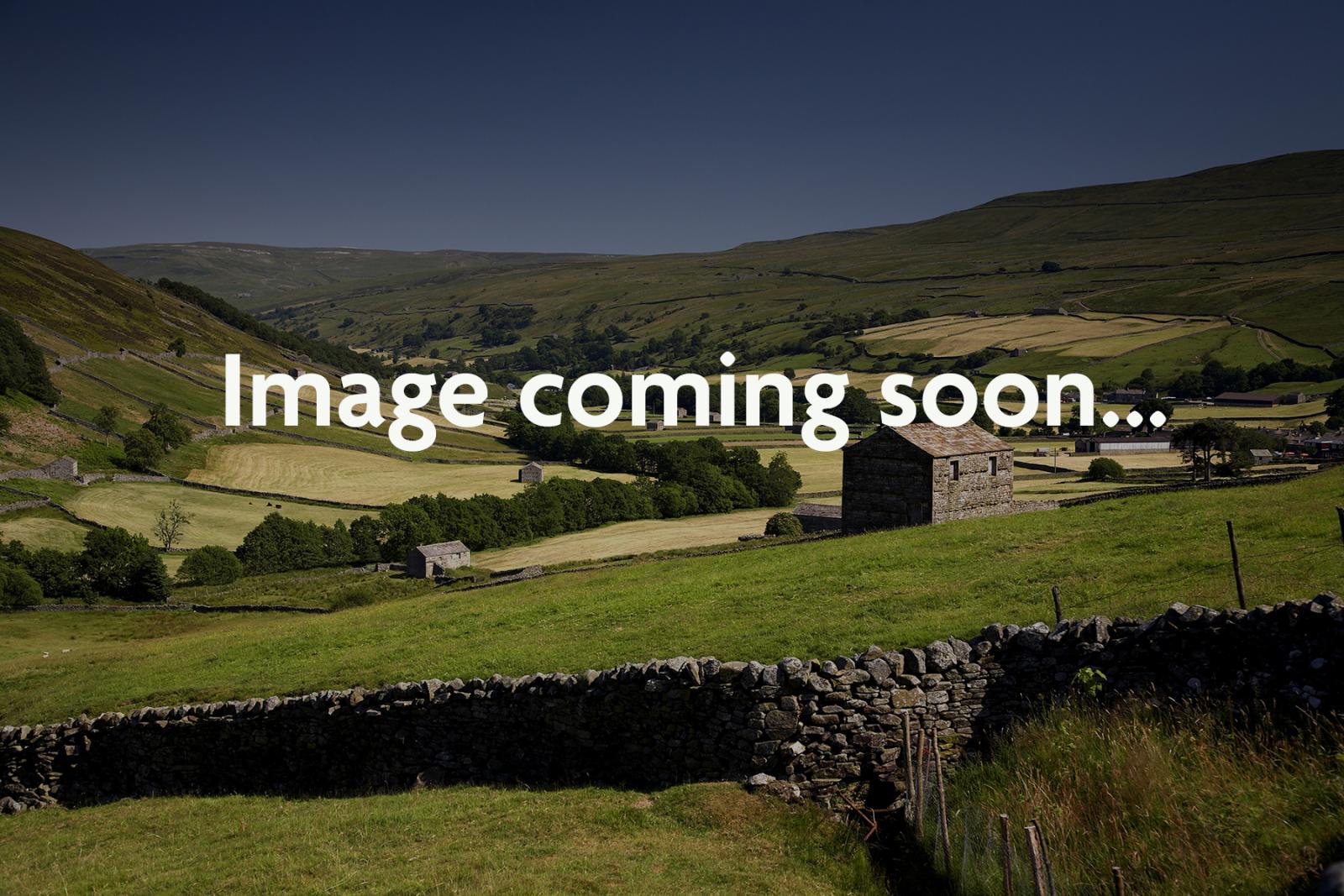Ideally located five miles from the centre of Southport and within walking distance of a…

Our View
The Ainsdale Sand Dunes NNR on the Sefton Coast of Lancashire is home to over 450 plant species, and is one of the strongholds of the rare natterjack toad – Europe’s loudest amphibian. Around 40 per cent of Britain’s dune slacks (damp valleys) are found here between the sandy ridges and dry dune grasslands. The slacks flood in winter, providing breeding pools for the toads, whose distinctive call can be heard for miles. The pools are also used by great crested newts and many dragonflies. The rabbits that graze the dunes unearth bare sand in which the sand lizards can lay their eggs, allowing the northern dune tiger beetle and the vernal mining bee to create their own burrows. Plants found in these areas include biting stonecrop, sticky stork’s-bill and heath dog violet, often accompanied by the caterpillar of the dark green fritillary butterfly. The purple flowers of the rare field gentian has its largest colony in Britain here. The rare and endangered red squirrel can occasionally be seen in the reserve’s pine forests.
Features
Also in the area
About the area
Discover Merseyside
A metropolitan county on the River Mersey, with Liverpool as its administrative centre, Merseyside incorporates the towns of Bootle, Birkenhead, St Helena, Wallasey, and Southport. In the 19th century, Liverpool was England’s second greatest port, and the area has been affected by urban deprivation and unemployment.
When the port of Chester silted up in medieval times, Liverpool took up the slack. The first dock was built in 1715 and the port came to prominence with the slave trade. Following abolition, the port grew to a seven-mile stretch of docks, busy with cargoes of cotton, tobacco and sugar and the huge wave of emigration from Europe to the New World in the 19th and 20th centuries. In its turn, immigration brought an influx of people to Merseyside to join its expanding population, including many from Ireland fleeing the potato famines. In the second half of the 20th century, accessible air travel brought an end to the era of the ocean-going liners. Meanwhile, trade with Europe was picked up by the southeastern ports. Merseyside’s population dwindled, but it remains one of Britain’s most vibrant and interesting areas.
Nearby stays
Places to Stay
Dining nearby
Restaurants and Pubs
Why choose Rated Trips?
Your trusted guide to rated places across the UK
The best coverage
Discover more than 15,000 professionally rated places to stay, eat and visit from across the UK and Ireland.
Quality assured
Choose a place to stay safe in the knowledge that it has been expertly assessed by trained assessors.
Plan your next trip
Search by location or the type of place you're visiting to find your next ideal holiday experience.
Travel inspiration
Read our articles, city guides and recommended things to do for inspiration. We're here to help you explore the UK.














